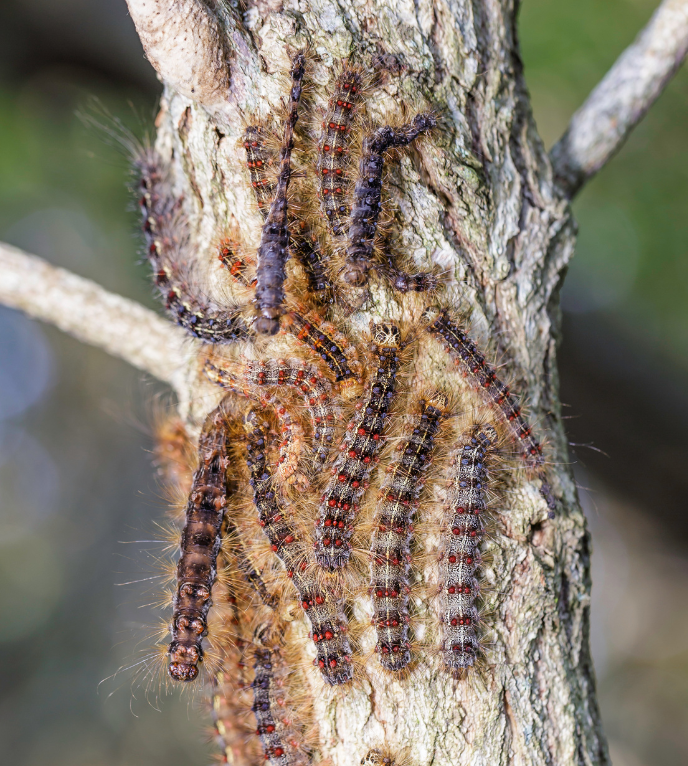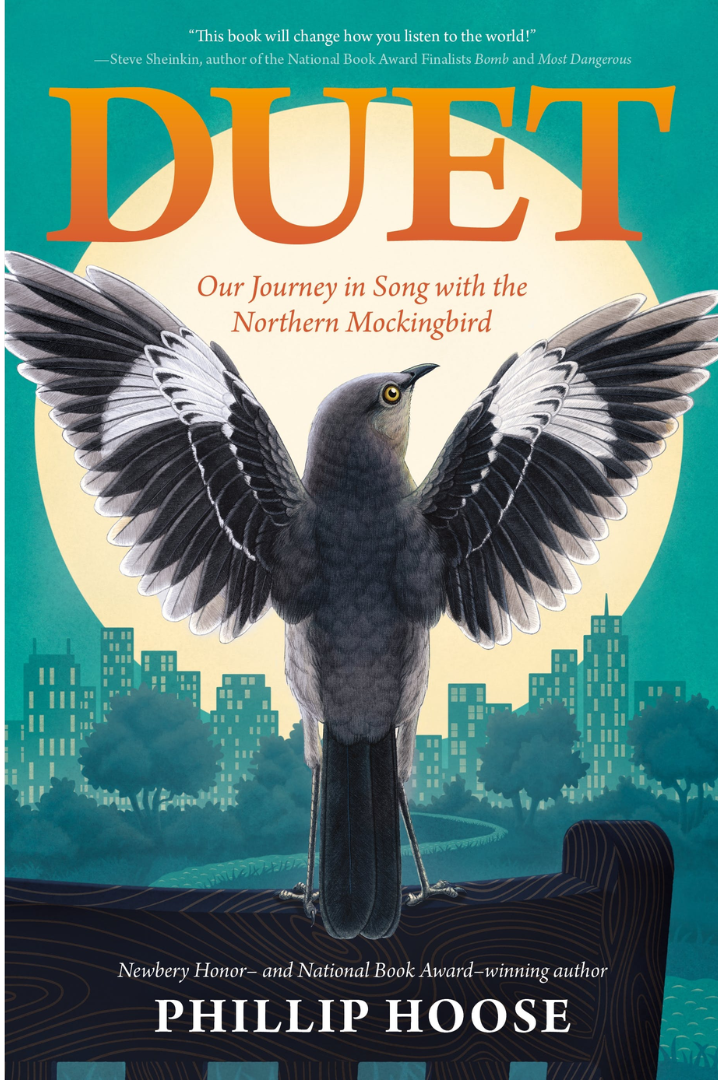If you’ve ever picked up an ecology textbook or read some interpretive signs in a natural area, chances are you’ve heard of keystone species. People throw this term around a lot when talking about ecosystems, food webs, and conservation. But what is a keystone species? And where did the term come from? In this Deep Stuff post, I’ll give you …
What is mistletoe?
As the winter holidays approach, we are reminded of familiar, longstanding traditions. Even though they may be popular, they can also be mysterious. Where did they come from in the first place? One of my favorite examples is mistletoe. Between pop songs and Christmas carols, everyone seems to love the flirty thought of puckering up under the mistletoe. But what …
How to detect spongy moths in your yard
Invasive species are a problem in natural areas just about anywhere on Earth. Some, like spongy moths (Lymantria dispar), can damage plants on your property and be a major nuisance. If you live in the Northeastern U.S., you might have problems with this plant. But how do you detect spongy moths? In this Outdoor Tips post, I’ll guide you through …
The 5 Best Field Guides for the Birds of North America
One of the most exciting things for a naturalist is running into new and unfamiliar species. This makes field guides an essential part of any nature-lovers go-bag for outdoor adventures. Field guides can help you sleuth out and identify new encounters using field marks and other cues. In this Birdwatching Basics post, I’ll review my top 5 guides to the …
Book Review: Duet by Phillip Hoose
If someone asked you how birds have changed history, you’d probably think of Darwin’s finches or Thanksgiving turkeys. But Phillip Hoose has a very different, unexpected, and fascinating bird story to tell. In this post for Book Reviews, I’m reviewing Hoose’s new book, Duet, a history of the mockingbird. While birdsong has enchanted people for thousands of years, some singers …





